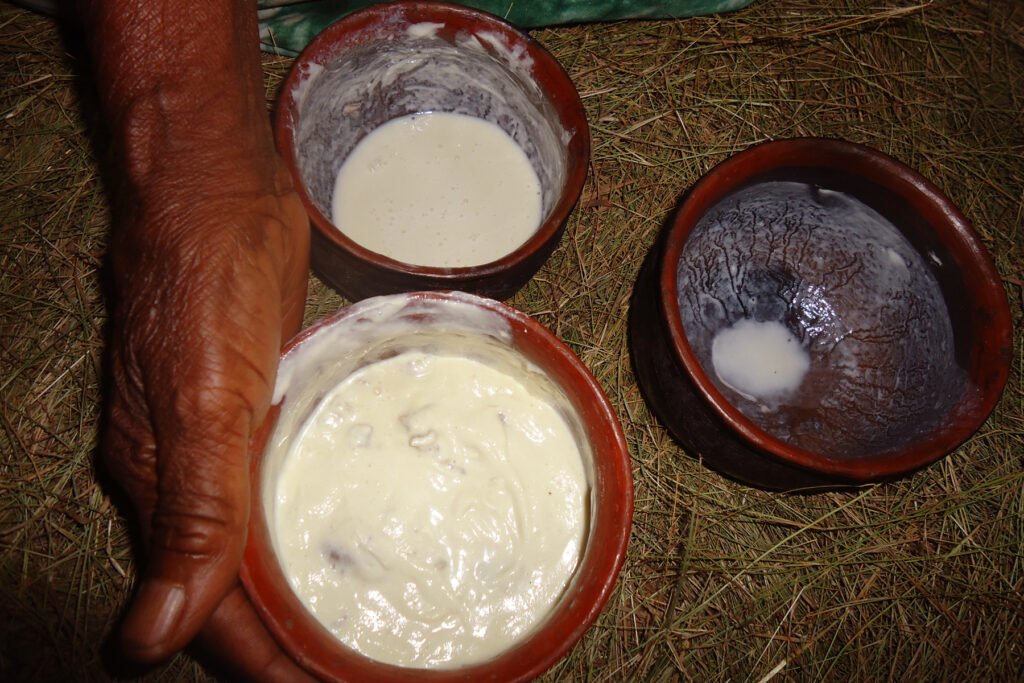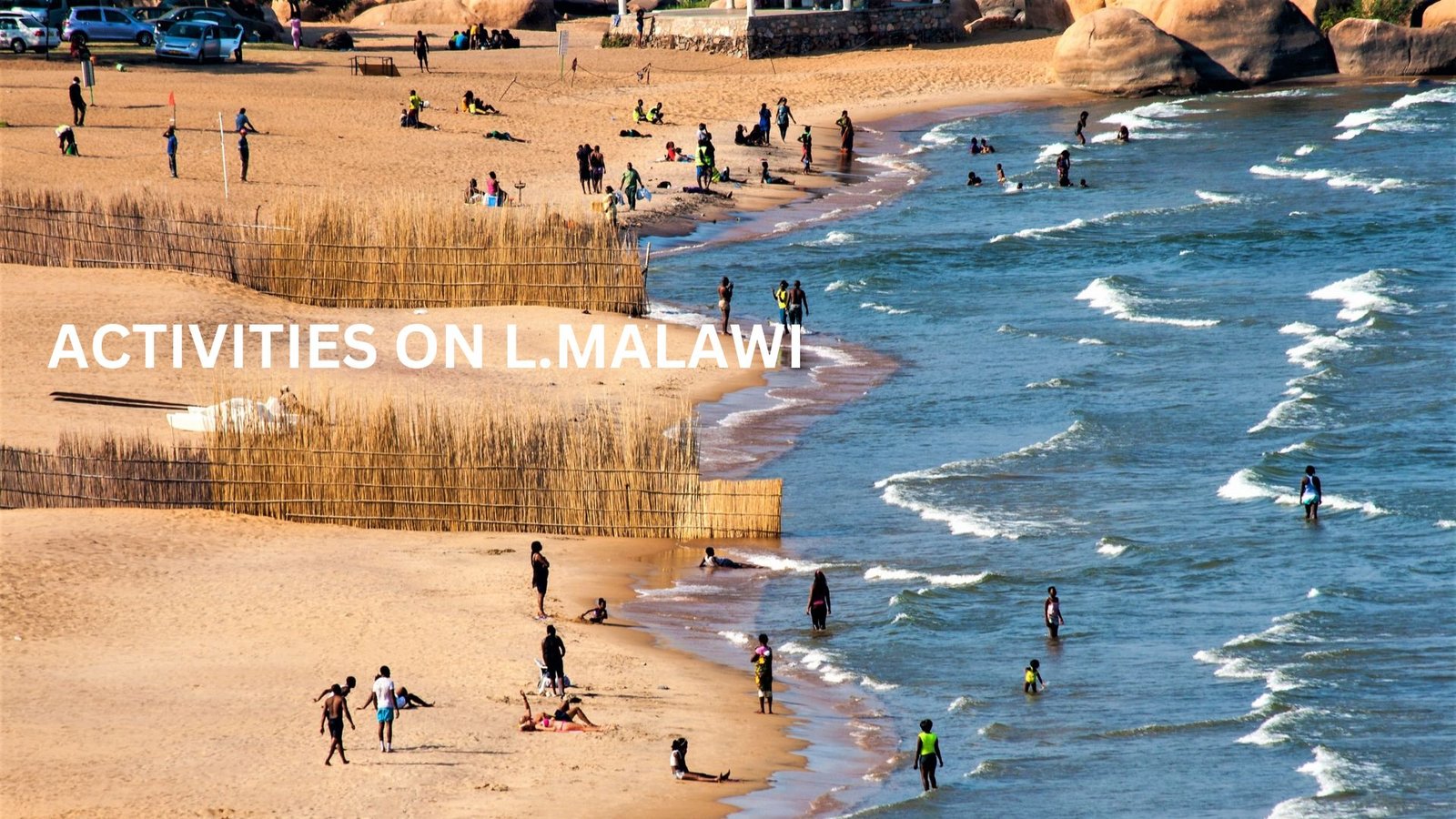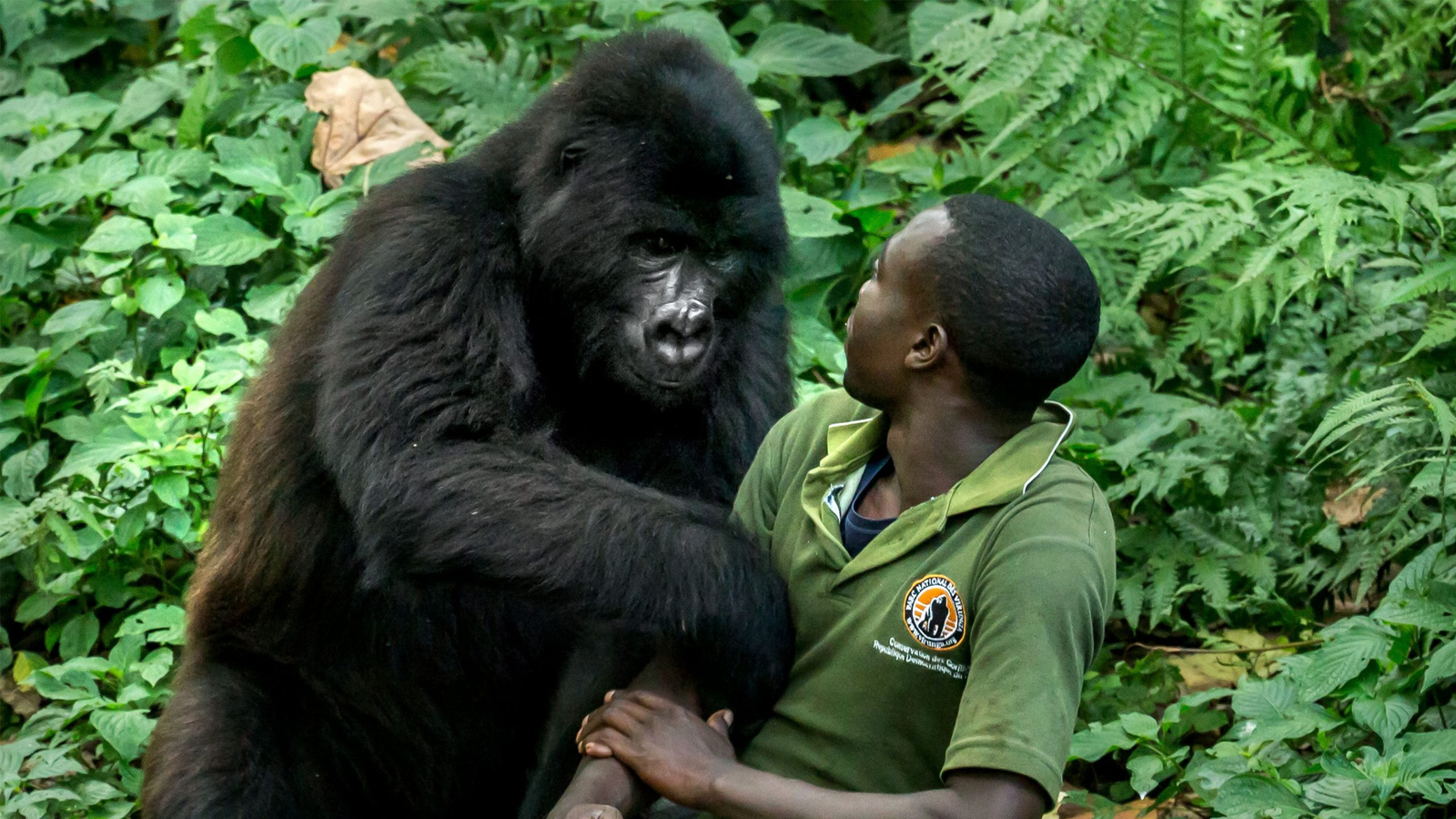Cultural Projects in Queen Elizabeth National Park are some initiatives and projects that aim to incorporate and promote cultural elements within the park. These cultural projects seek to celebrate and preserve the rich cultural heritage of the local communities living in and around the park. Here are some of the cultural projects that have been undertaken or proposed in Queen Elizabeth National Park:

Community Cultural Centres:
Community Cultural Centres in or near Queen Elizabeth National Park are initiatives that aim to promote and preserve the rich cultural heritage of the local communities living in the vicinity of the park.
These centres serve as hubs for cultural activities, education, and interactions between tourists and the indigenous people. Here are some key aspects of Community Cultural Centres in the context of Queen Elizabeth National Park:
- Preserving Local Culture: Community Cultural Centres play a vital role in preserving the traditions, customs, and knowledge of the local tribes and ethnic groups. They showcase traditional arts, crafts, music, dance, storytelling, and rituals that have been passed down through generations.
- Cultural Performances: These centres often host cultural performances, allowing visitors to witness traditional dances, music, and theatrical displays. Tourists can immerse themselves in the vibrant and diverse cultural expressions of the communities.
- Cultural Exhibitions: Community Cultural Centres may feature exhibitions of traditional artifacts, crafts, and historical items that provide insights into the daily lives and histories of the local communities.
- Educational Opportunities: Tourists visiting these centres have the chance to learn about the challenges, lifestyles, and aspirations of the local people. Cultural exchanges and interactions help create mutual understanding and appreciation between visitors and residents.
- Economic Empowerment: By engaging in cultural tourism, local communities can benefit economically from the influx of visitors. The revenue generated through cultural performances, handicraft sales, and other tourism activities can contribute to the development of the community.
- Sustainable Tourism Practices: These centres often collaborate with tourism operators and conservation organizations to promote responsible and sustainable tourism practices. By integrating cultural elements into tourism experiences, there is an emphasis on preserving the natural environment and respecting the local cultures.
- Promoting Social Cohesion: Community Cultural Centres can serve as gathering spaces for community members, fostering social cohesion and pride in their cultural heritage.
- Supporting Livelihoods: The centres may provide training and opportunities for community members to become involved in tourism-related activities, such as guiding, hospitality, or handicraft production.
Overall, Community Cultural Centres near Queen Elizabeth National Park enhance the overall tourism experience by offering a deeper understanding of the cultural context and heritage of the region.
These initiatives promote responsible tourism while providing valuable socio-economic benefits to the local communities, fostering a positive relationship between conservation efforts and cultural preservation.
Cultural Exchange Programs:
Cultural Exchange Programs in the context of Queen Elizabeth National Park are initiatives that facilitate interactions between tourists and local communities, providing opportunities for visitors to engage with the indigenous people and learn about their culture, traditions, and way of life.
These programs aim to promote cross-cultural understanding, respect, and appreciation while offering tourists a more immersive and authentic experience during their visit to the park. Here are some key aspects of Cultural Exchange Programs in the region:
- Community Engagement: Cultural Exchange Programs involve tourists actively participating in the daily activities of the local communities. This may include joining traditional ceremonies, helping with agricultural tasks, participating in craft-making workshops, or learning local skills.
- Homestays: Some programs offer tourists the chance to stay with local families, providing a firsthand experience of the community’s lifestyle and allowing for deeper cultural immersion.
- Language and Traditions: Participants in Cultural Exchange Programs have the opportunity to learn basic phrases in the local language and understand the cultural significance of various customs, rituals, and practices.
- Sharing Perspectives: The programs encourage open dialogue between tourists and community members, allowing both parties to share their perspectives, beliefs, and values. This exchange of ideas fosters mutual respect and cultural appreciation.
- Mutual Learning: Both tourists and community members benefit from these exchanges. Tourists gain insights into local customs and traditional knowledge, while community members gain exposure to diverse cultures and ideas.
- Economic Empowerment: Engaging in Cultural Exchange Programs often provides economic benefits to the local communities. Revenue generated from homestays, craft sales, or cultural performances can contribute to community development.
- Environmental Awareness: Cultural Exchange Programs also emphasize the importance of environmental conservation and sustainable practices, encouraging tourists to respect the natural resources and ecosystems of the region.
- Enhancing Tourism Experiences: For tourists, these programs offer a more authentic and meaningful travel experience, allowing them to connect with the local culture on a deeper level and creating lasting memories.
Cultural Exchange Programs are designed to be respectful and beneficial to both tourists and communities. They contribute to cultural preservation, promote responsible tourism, and create opportunities for cultural exchange that foster a sense of global community and understanding.
As with all community-based initiatives, it’s crucial that Cultural Exchange Programs are carried out in a way that respects the rights, traditions, and autonomy of the local communities involved. Working in partnership with local stakeholders and cultural experts is essential to ensure the sustainability and success of these programs.
Traditional Crafts and Artisans:
In the context of Queen Elizabeth National Park and its surrounding communities, traditional crafts and artisans play a significant role in preserving cultural heritage and contributing to the local economy.
These skilled artisans create handcrafted products using traditional techniques that have been passed down through generations. Here are some key aspects of traditional crafts and artisans in the region:
- Handcrafted Products: Traditional artisans create a wide range of handcrafted products, including woven baskets, pottery, beadwork, wood carvings, textiles, jewellery, and more. Each item is meticulously crafted, reflecting the unique cultural identity of the local communities.
- Cultural Significance: Many traditional crafts carry cultural significance and often have symbolic meanings tied to local rituals, ceremonies, or daily life activities. These crafts are expressions of the community’s cultural values and beliefs.
- Cultural Preservation: By continuing to practice traditional crafts, artisans contribute to the preservation of cultural heritage. These crafts serve as tangible links to the past, connecting present generations with their ancestors’ skills and wisdom.
- Economic Opportunities: Traditional crafts provide economic opportunities for local artisans and their communities. Selling handcrafted products to tourists and visitors helps generate income and supports the local economy.
- Souvenirs and Tourism: Tourists visiting Queen Elizabeth National Park are often eager to purchase traditional crafts as souvenirs. The demand for authentic and locally-made products supports the livelihoods of artisans and encourages the continuation of their craft traditions.
- Skill Transmission: Many artisans pass on their skills to the younger generations through informal apprenticeships or family traditions. This skill transmission ensures the continuity of traditional crafts and helps maintain cultural identity.
- Market Access: Organizations and initiatives that support traditional crafts and artisans often help connect them to broader markets, both within Uganda and internationally. This enables artisans to reach a wider audience and increases their economic opportunities.
- Sustainable Practices: Traditional crafts are typically crafted using natural and locally-sourced materials, promoting sustainability and reducing the impact on the environment. This aligns with the conservation goals of the national park and its surroundings.
- Cultural Tourism: Traditional crafts and artisans are often integrated into cultural tourism experiences, allowing tourists to visit workshops, interact with artisans, and purchase authentic, handmade products directly from the source.
By supporting traditional crafts and artisans, tourists contribute to the preservation of cultural diversity, encourage sustainable practices, and empower local communities economically. These crafts are not only beautiful souvenirs but also embodiments of the rich cultural heritage that makes Queen Elizabeth National Park a unique and captivating destination.
Cultural Ecotourism Experiences:
Some tour operators offer cultural ecotourism experiences that combine wildlife viewing in Queen Elizabeth national park with visits to local communities. These experiences often involve staying in community-run lodges or homestays, which further contribute to the economic development of the local population.
Cultural Awareness Workshops:
In collaboration with local community leaders, conservation organizations, and tourism stakeholders, cultural awareness workshops are organized to educate tour guides, lodge staff, and other tourism professionals about the importance of preserving and respecting the cultural heritage of the area.
To get the most up-to-date information on cultural projects in Queen Elizabeth National Park, it is recommended to reach out to ours or the Uganda Wildlife Authority for current initiatives and opportunities to engage with the local communities.




